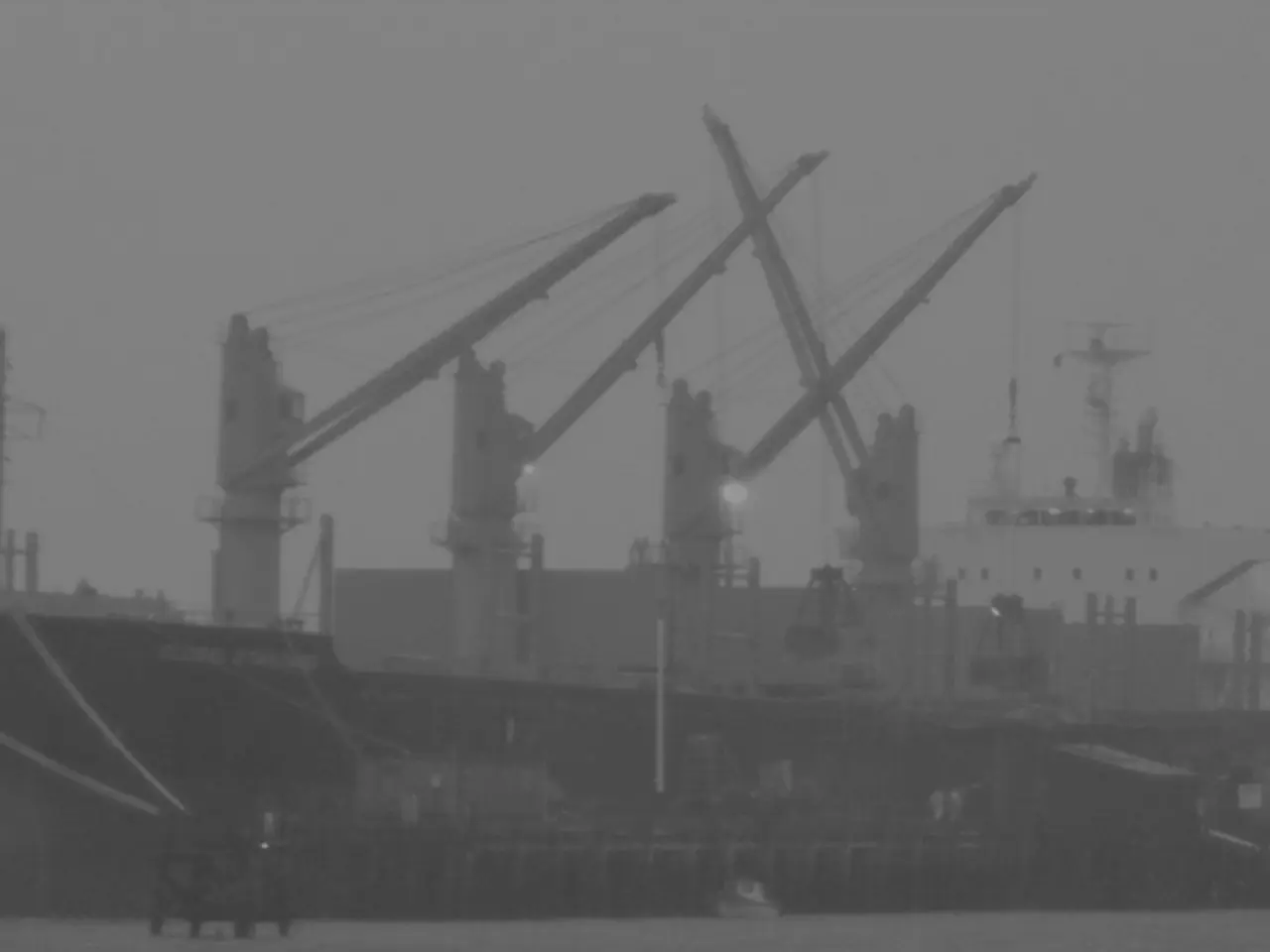Expanded Maritime Surveillance Industry Registers Notable Growth, Estimated at $42.7 Billion
The maritime surveillance market is witnessing significant growth, particularly in regions such as the Middle East, Latin America, and Asia-Pacific, where there is a growing focus on oil & gas security and anti-piracy operations. This expansion is also supporting the growth of the maritime logistics and naval defense sectors.
Companies in industries like shipping, fishing, and oil & gas are investing in advanced surveillance technologies to ensure safe operations and secure trade routes. Startups can explore innovative applications of drones and satellite-based systems for cost-effective monitoring in emerging maritime markets.
Key drivers for this growth include increasing maritime security concerns and navy modernization efforts, expansion of global shipping activities, technological advancements, regulatory mandates, government investments, and onboard digitalization and crew welfare mandates.
Advanced surveillance technologies like radars, drones, and satellite monitoring systems are driving the growth of the market. Key players are focusing on integrating these systems to improve real-time monitoring and are investing in AI-driven analytics.
The market is segmented by application, technology, and region, with diverse applications and growing integration of advanced technologies. However, rising costs associated with cutting-edge systems are a significant concern for businesses looking to upgrade their systems.
The growth of the maritime surveillance market is contributing to the global economy by enhancing maritime security and operational efficiency in key industries. It is reducing the risk of accidents, piracy, and illegal activities, thereby protecting trade routes vital to global commerce.
The market is also supporting the expansion of global shipping and trade by enabling precise navigation and vessel management, which improves supply chain reliability and reduces costs associated with delays and collisions. It is creating opportunities for technological innovation and new market segments, such as AI-enhanced radar systems, satellite communications, and autonomous vessel technologies, contributing to job creation and economic diversification.
Governments and militaries can enhance border security and anti-piracy operations by implementing advanced surveillance systems. Europe is experiencing a rising demand for integrated surveillance solutions in shipping and border patrol activities.
The market's future is promising, driven by the growing need for security and efficiency in the maritime industry. The global maritime surveillance market is projected to grow from USD 21.9 billion in 2023 to USD 42.7 billion by 2033, with a CAGR of 6.90%. Marine radar is expected to reach USD 2.56 billion by 2035 at a 5% CAGR, and maritime information and satellite communication markets are growing at even higher rates.
Shipping companies can invest in integrated security platforms for ensuring safe trade routes and cargo protection. By doing so, they can improve operational efficiency and cost savings through better route optimization, crew management, and compliance with environmental and safety regulations, which translates into more competitive global trade.
Businesses in the finance sector might take interest in the expanding maritime surveillance market, as it offers opportunities for investments in companies involved in shipping, fishing, and oil & gas, especially those that are integrating advanced data-and-cloud-computing technologies to develop efficient surveillance systems. In the realm of technology, startups could leverage data-and-cloud-computing solutions to create cost-effective monitoring applications for emerging maritime markets, especially in regions like Asia-Pacific, Latin America, and the Middle East.




